Whether you call it a Leash or a Lead, they’re a really important part of your kit when walking your dog, often underestimated in their importance.
Leashes are a legal requirement in some places, and they are a very powerful tool (often underestimated in value) to ensure your dog stays safe, and in the right place.
But a bad one? Can cause a lot of problems.
I know that story! I used a lunge line (built for horses, by the way) and the clip attached to Indie’s harness snapped. Yep. Mortified as he ran across the field to deal with the source of his fear… luckily he was wearing a muzzle!
So, the moral of the story is that we rely on our leashes more than we think – so understanding them, their materials, components etc is incredibly important.
I learnt my lesson, and now (as always!) I’m here to help you.
There are three main factors in deciding your leash choice (at least functionally!), Length, Material & the clip style, beyond that? It’s a case of style – and that one is totally down to you! So let’s dig into the juicy bits!
Why Is It Called a Flat Leash?
It comes from the fact that these leashes were flat leather as opposed to braided or similar. However now it comes in as a ‘catch all’ for any leash that isn’t or doesn’t stretch.
Leash Length
Leashes come in pretty much all lengths, from six inches to sixty foot, but the important part is finding the right length for the right job. For example, a 60ft leash is totally inappropriate for a street walk, a 4ft leash is not ideal for tracking.
Commonly though?
Long lines, the longer the better, and walking leashes? I love a 6ft leash and ideally one with a traffic handle (seen as I have big dogs).
Materials
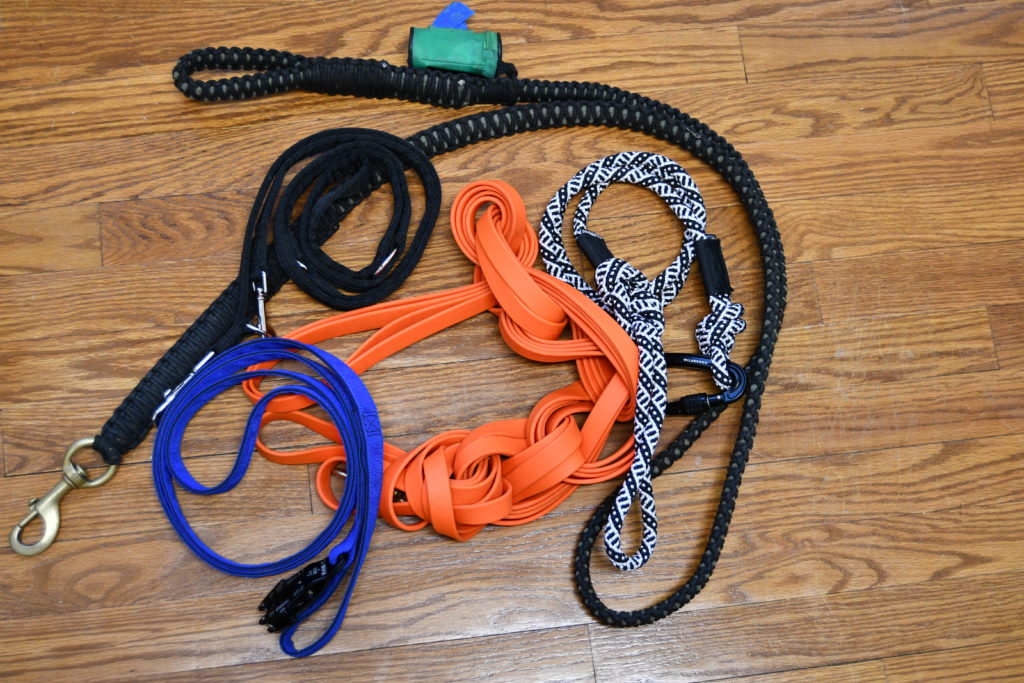
Biothane
With a core of polyester webbing, with an outer plastic coating. This actually makes it durable, flexible, waterproof and super easy to clean too – so for all those wickedly mucky pups and nasty days? These leashes are wonderful. They’re strong and reliable too.
Leather
Often used with horses (bridles and saddlery!) this material may be old school, and require the occasional bit of care? But it’s strong enough to stand up to pretty much anything so long as it’s cared for.
Nylon
Nylon webbing is incredibly strong, and any nylon based leash? Is likely exactly this. It’s known to have a tensile strength of 7,000 to 9,800lbs per square inch – which is enormous and able to contain most dogs even under sudden snatches (known as Shock load).
Braided Paracord
Paracord (typically “550 cord”) can deal with 550 pound-force – which I know doesn’t mean much as a number – but it’s a lot. And a braided paracord leash will naturally have a certain amount of elasticity and spring to it because of it being braided – will be incredibly strong and reliable to hold your dog – the more strands, the more dense the paracord and the better the braiding, the stronger it will be of course!
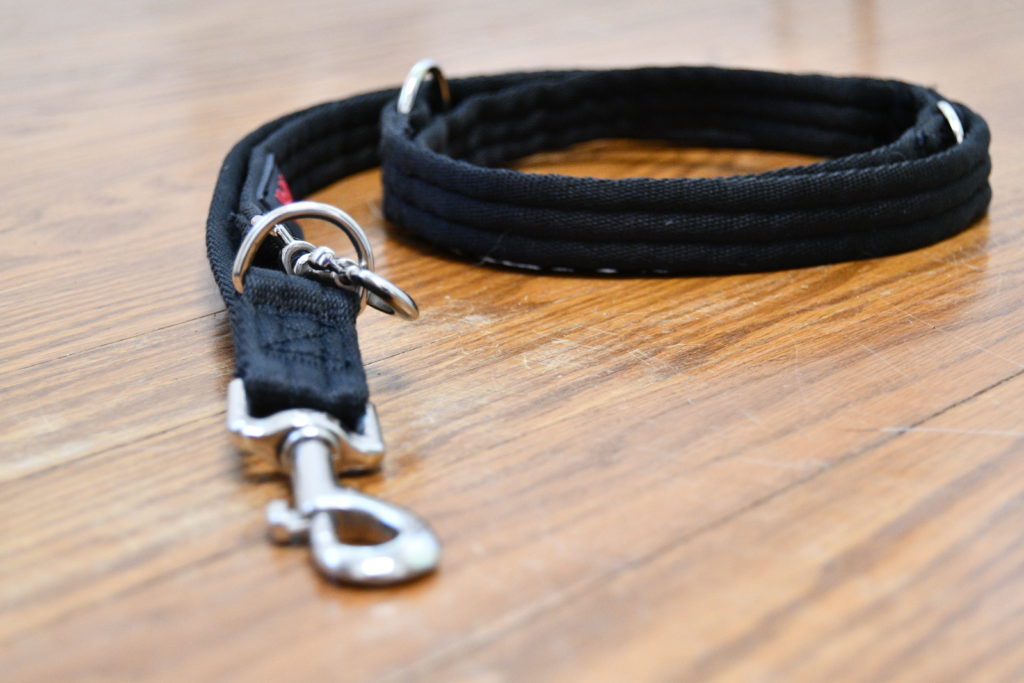
Padded
Padded leashes are wonderful to handle your dogs, they’re much more comfortable than a lot of leashes to handle but the strength behind them? Is pretty obvious. My favourite amongst these is the Halti training leash, it’s really diverse!
Climbing Rope
Designed to hold people when they’re climbing cliffs and things, and indeed to catch them when they fall – this definitely categorises it as a strong material that should hold up to any sort of dog pulling, lunging, or jumping. A Leash made with climbing rope should be reliable above anything else.
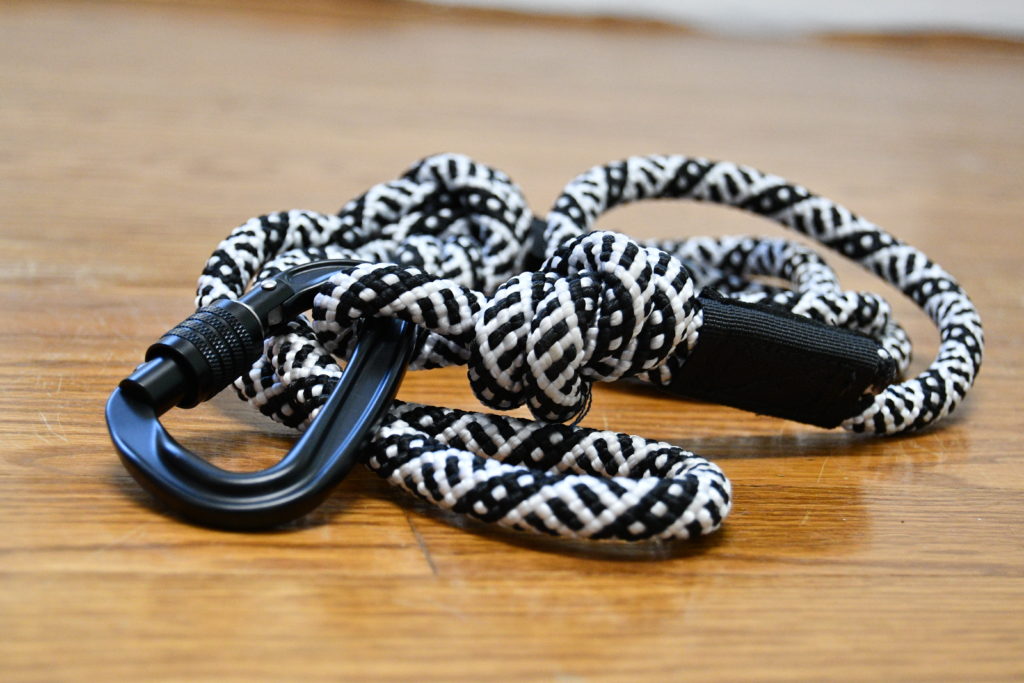
Bungee
Some leashes contain bungee cord, often these are for canicross. This can help absorb impacts from weaving and tugging. It’s not something I would recommend for a regular walk, but it may be a fantastic short term solution if you’ve had a medical issue and are struggling to walk your dog, or if you’re doing canicross!
Chain
Old school, but functional. They’re also really heavy. They’re not conducive to grabbing either. But chain leashes do tend to be very reliable.
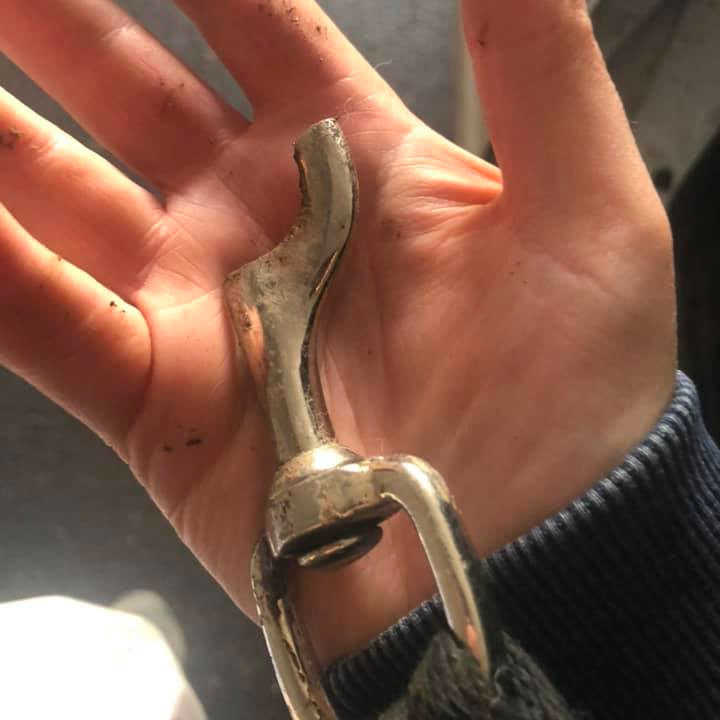
Clips
Snaphook
These are the very ‘standard’ clip on most leashes, they’re usually brass, nickel or stainless steel. Stainless steel is stronger than the alternatives, but if you live in cold weather, or by the coast you may consider brass to be your best option – they also don’t rust.
Carabiner
With variable amounts of strength ratings on these, they can be wonderfully strong and easy to use.
Note: Not all carabiners are made the same. Please make sure when you’re shopping for these that you check if the carabiner is strength rated! Only trust brands who are open and honest that their product has been tested!
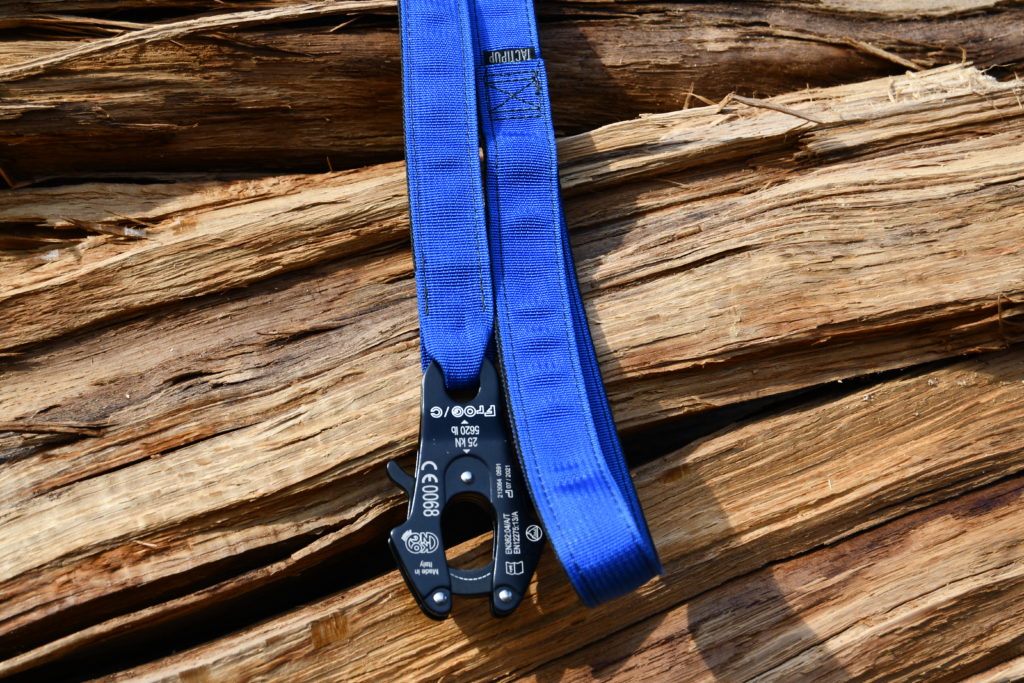
KONG Frog Clip
Another piece of climbing equipment originally, but the Kong Frog clip (different Kong!) is rated for 4945lbs of force hitting it before it will possibly break. That is huge. And whilst lunging does creat a shock-load (similar to falling) it
TIP!
The more moving parts you have on your system, the more things there are that could fail. Simple means strong.
So What Do You Pick?
It’s a good question, right? Sorry, I know that’s not that helpful. But my favourite, most robust and versatile leash I’ve used to date? Is the Halti Training leash, super simple leash, but incredibly flexible for your needs. Long or short, there’s an option.
If you need help deciding on what equipment you need, why not check out Dog Products Reviewed by Rebarkable where you can find all the products I’ve looked into and hopefully find the best pieces for you! If not? Why not DM me on Instagram about your needs and I’ll walk you through a couple of options!
Or, if you need more support raising your puppy (because let’s face it, your leash is the least of your problems!), check out Pupdates, because they’re built to walk you through the process from week 1 to week 52!

Author, Ali Smith
Ali Smith is a professional, qualified, and multi-award winning trainer is the founder of rebarkable. She has always believed animals deserve kindness and champions force free methods. Believing that dog guardians will all choose the kindest options if proper information is provided, she aims to help all dog guardians who need it and make dog training as accessible as possible
Ali lives win Maryland, US with her husband and her three dogs.
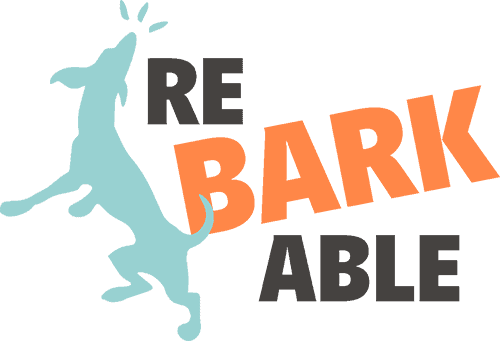
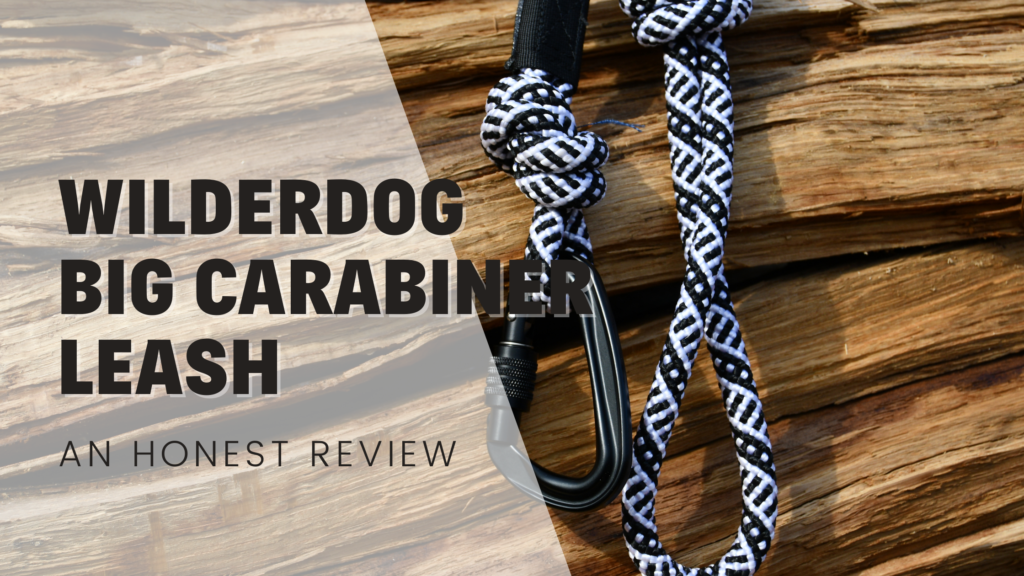
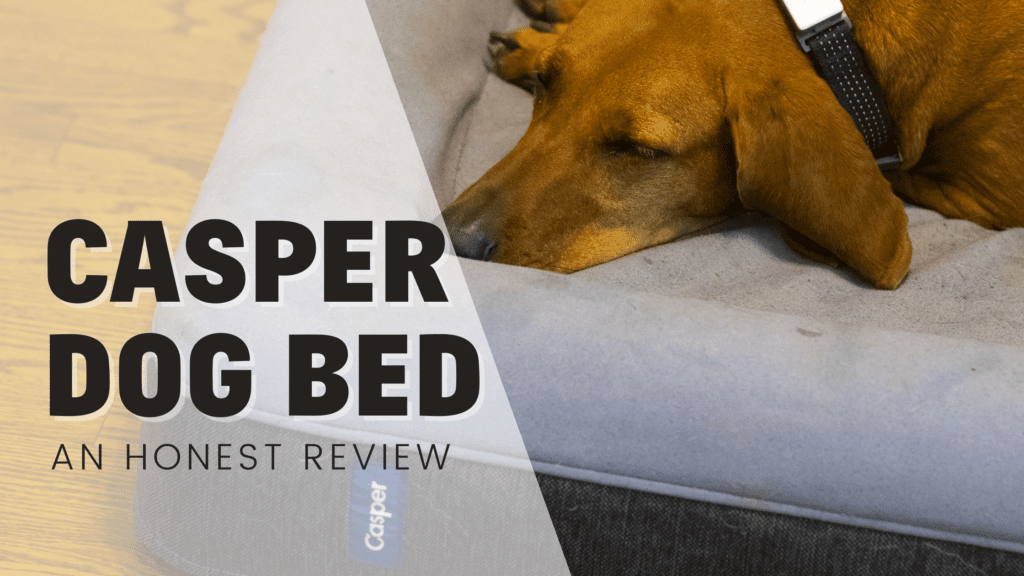
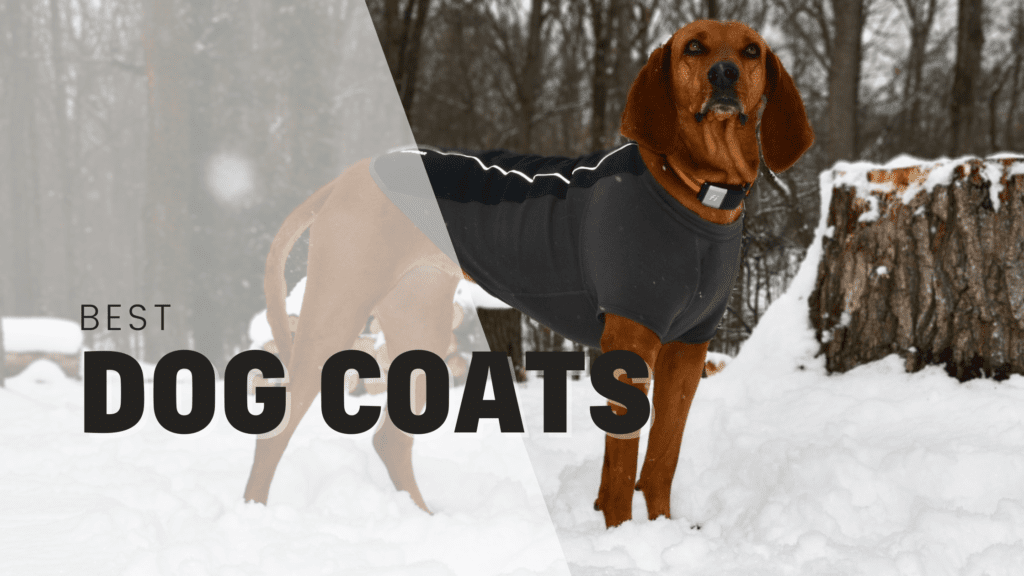





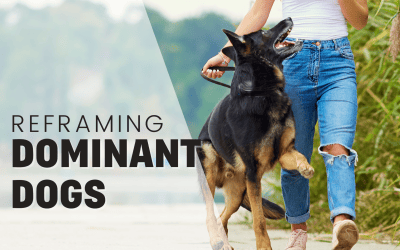
0 Comments